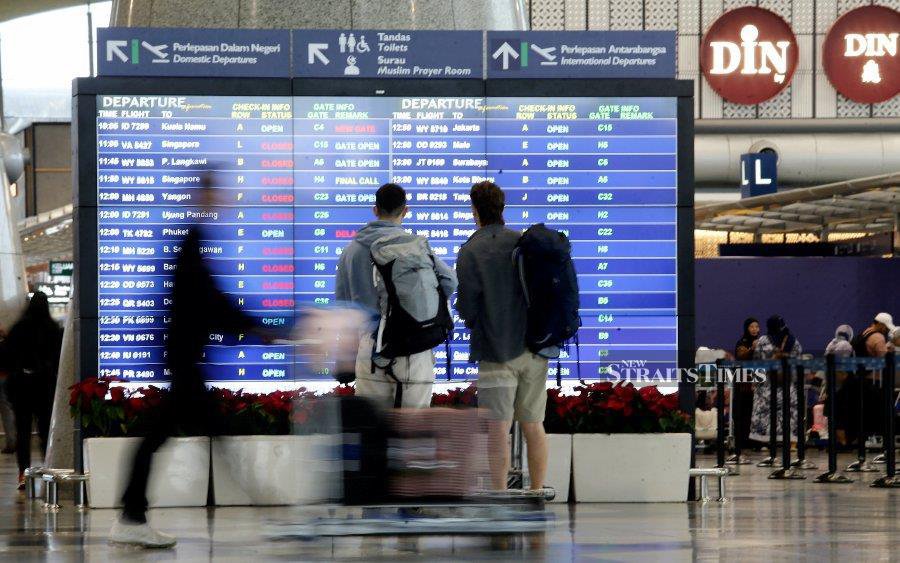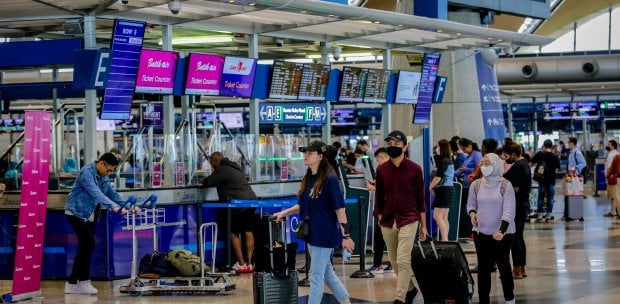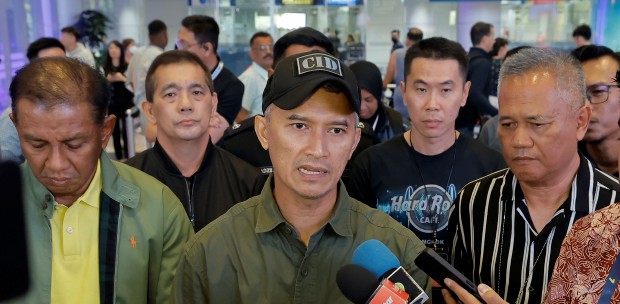LETTERS: The impending increase of international departure fees at Kuala Lumpur International Airport (KLIA) terminals 1 and 2 has surprised travellers and tourism industry players.
This increased cost adds to the debate about travel expenditure, not to mention that the travel and tourism industry is still recovering from the Covid-19 pandemic.
The tax increase is being justified with the need to develop infrastructure on a par with regional international airports. New aerotrains are expected to be in operation by March 2025, and new lounges and shopping facilities.
However, the rise in the international departure passenger service charge, which also affects the low-cost carrier terminal at klia2, would have an impact on affordability and accessibility, especially for budget-conscious travellers.
For many budget travellers, any additional cost would dissuade them from travelling altogether.
As home to Asia's leading low-cost airline, any increase in usage charges of KLIA risks efforts to make Malaysia a leading hub of low-cost travel and degrades efforts to increase inter-Asean travel.
One alternative to this is to have segmented service charges. Rates for travel to other Asean states can be retained or increased minimally, whereas travel to Europe or the Americas could be charged higher.
This ensures a more equitable service charge system and builds closer Asean-regional tourism cooperation.
Increasing any associated cost of air travel may put off plans by families for international travel, thereby creating a gap of affordability between those who can pay for air travel and those whose plans are inhibited by new costs.
Also, measures that would dampen economic activity at klia2 would have a broader impact on efforts to make Malaysia an affordable shopping destination.
Does this mean the public are against any efforts to improve the facilities at KLIA?
The answer is no, and there are many other ways for the Malaysian Aviation Commission, through collaboration with Malaysia Airports Berhad (MAB), to increase the revenue stream for KLIA.
There are ample opportunities to bring in more outlets offering affordable shopping experiences, especially for travelling tourists. Also, MAB can provide value-added services for passengers using klia2 for additional fees.
Small pods where a person can lie down a quick rest for a small fee would be welcomed by weary travellers waiting several hours for their flights.
Micro-cinemas, small lounges with basic services at affordable prices would also be valuable additions.
While the public understands the reality of rising costs, there are alternative methods that can be explored to benefit Malaysian airports in the long run.
DR NAGATHISEN KATAHENGGAM
Senior Lecturer
School of Hospitality,
Tourism and Events
Taylor's University
The views expressed in this article are the author's own and do not necessarily reflect those of the New Straits Times





